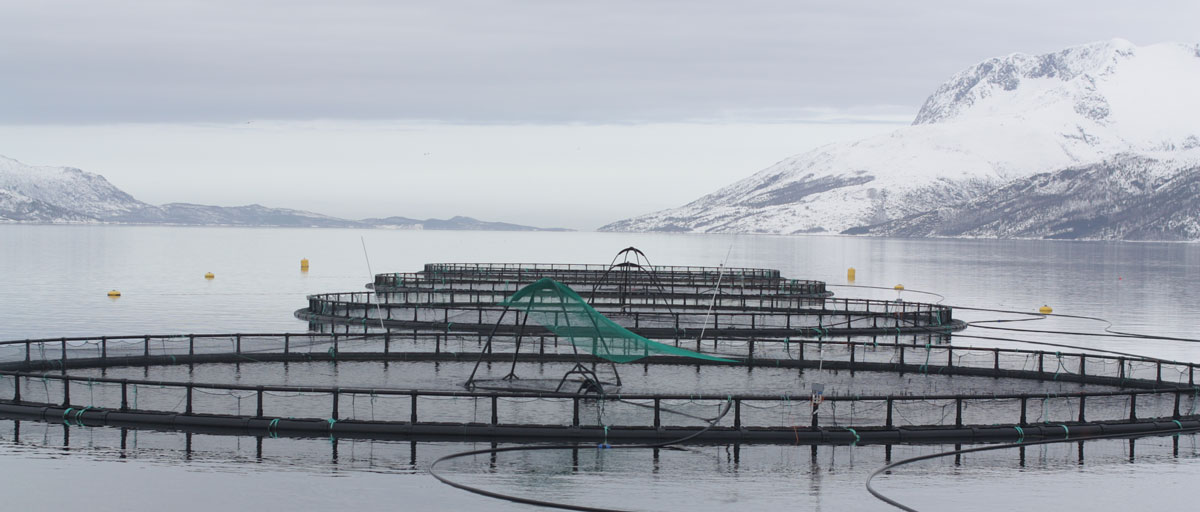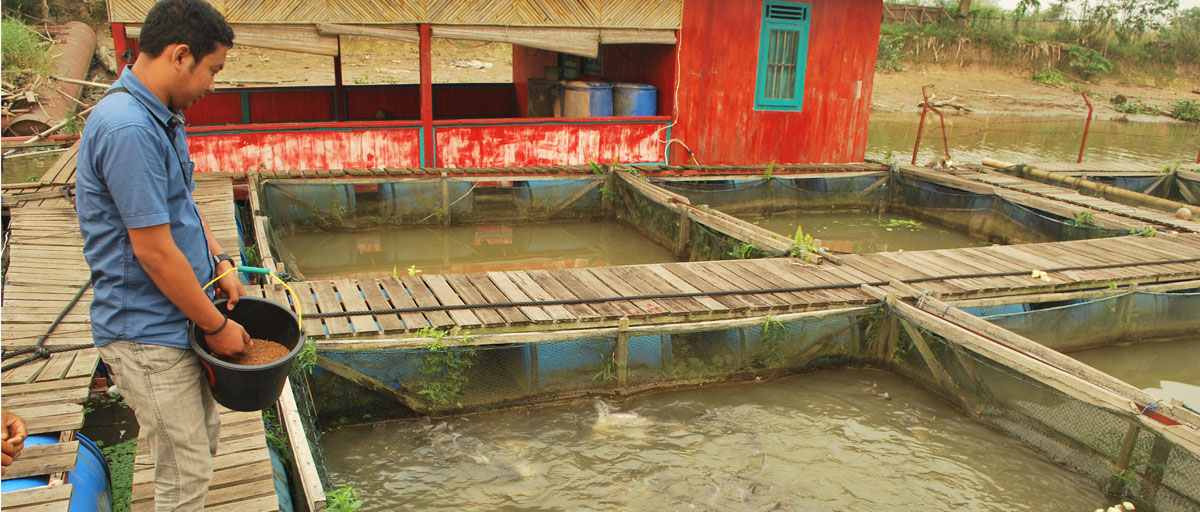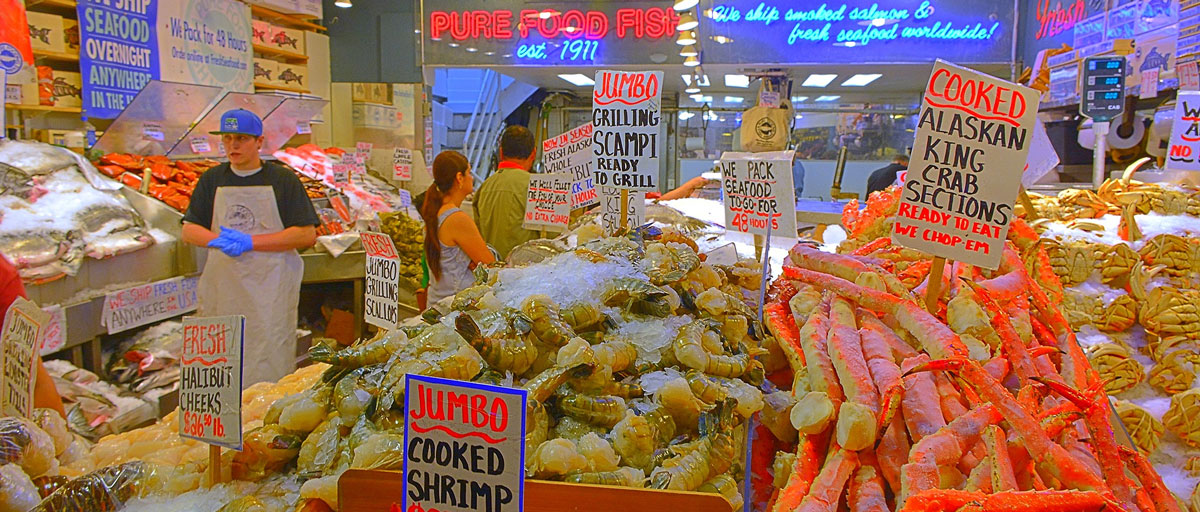AQUACULTURE
Global aquaculture has grown more sustainable over past 20 years

Study lead author Rosamond Naylor provides summarises findings from the study which takes stock of the aquaculture industry’s progress and points to opportunities for sustainable growth.
The industry has made significant strides toward sustainability, according to review in Nature
- Review is a follow-up from study published 20 years ago
- For the global aquaculture sector to deliver on its full promise, more effective oversight measures are needed
- Findings include improvements within freshwater aquaculture
HEADING IN THE RIGHT DIRECTION: Twenty years ago, a Stanford-led analysis sparked controversy by highlighting fish and shrimp farming’s damage to ocean fisheries. Now a follow-up study published in Nature takes stock of the industry’s progress and points to opportunities for sustainable growth.
Over the years, the diverse industry – which ranges from massive open-ocean salmon cages to family farm freshwater tilapia ponds – has made significant strides toward sustainability, according to the new Stanford-led analysis.
The study notes, however, that in order for the global aquaculture sector to deliver on its full promise, more effective oversight measures are needed to help ensure that its environmentally sound systems are economically viable.
The findings could help shape how consumers think about the seafood they buy, and inform governance strategies critical to global food and nutrition security.
If we don’t get it right, we risk the same environmental problems we’ve seen in land-based crop and livestock systems: nutrient pollution, excessive use of antibiotics and habitat change that threatens biodiversity.
Rosamond Naylor, Stanford’s School of Earth, Energy & Environmental Sciences (Stanford Earth), study lead author
Freshwater aqualture improvements
Since the original analysis was published 20 years ago, the volume of global aquaculture production has tripled.
In the new paper, aquaculture specialists and scientists from Asia, Europe, South America and the U.S. assessed the state of the industry by synthesizing hundreds of studies done over the past two decades on issues ranging from value chain developments in freshwater aquaculture to the use of wild fish in feeds to seaweed and bivalve market challenges.
Centre researcher Max Troell who also was part of the original article in 2000 contributed to the review. He says:
"The paper builds on the focus we had in 2000 but with some important additions reflecting the specifics of how the industry has grown – like stronger focus on freshwater aquaculture and challenges for biosecurity."
Findings include improvements within freshwater aquaculture which accounts for 75% of farmed aquatic food consumed directly by humans. This is having an important impact on food security and rural livelihoods.
From carnivours to vegetarians
The researchers also found that the ratio of wild fish input per fed fish output has dropped almost seven-fold since 1997.
“We have been successful in converting carnivorous fish, such as salmon and trout, largely into vegetarians,” says study co-author Ronald Hardy of the Aquaculture Research Institute at the University of Idaho.
“When done well, aquaculture can play a sustaining role in global food systems by providing expanded food production and livelihood benefits with relatively minimal environmental harm,” adds study co-author Dane Klinger, director of aquaculture at Conservation International.
New York Times: That Salmon on Your Plate Might Have Been a Vegetarian
Naylor, R.L., Hardy, R.W., Buschmann, A.H. et al. 2021. A 20-year retrospective review of global aquaculture. Nature 591, 551–563 (2021). https://doi.org/10.1038/s41586-021-03308-6
New York Times: That Salmon on Your Plate Might Have Been a Vegetarian








